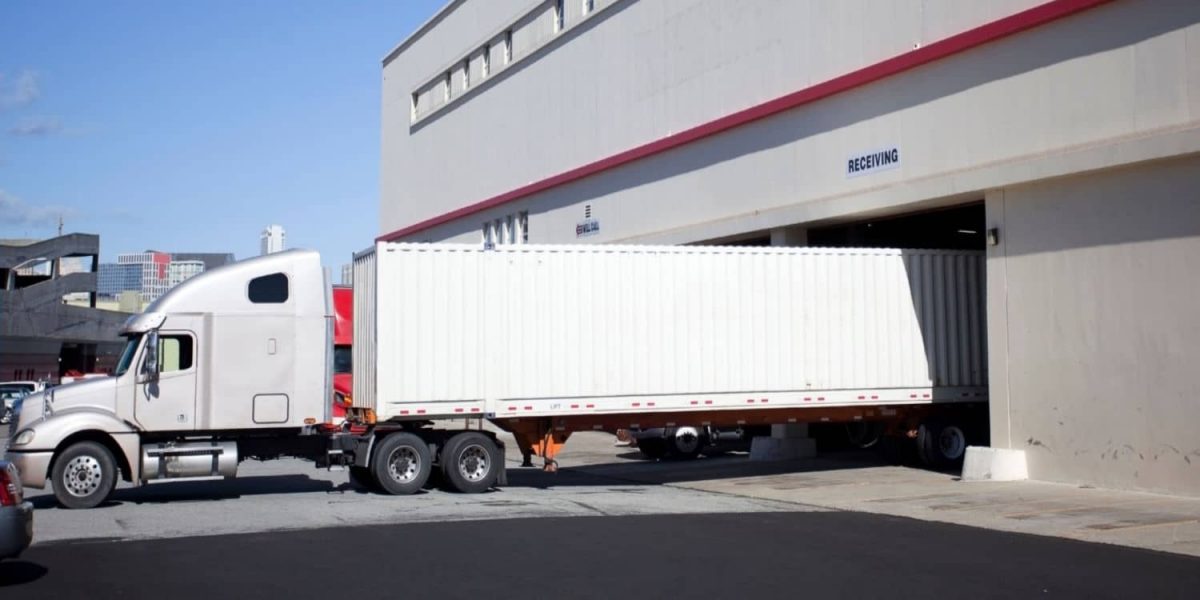Trucking has the potential to be a rewarding career, but it’s also important to consider possible downsides and ways to minimize their effects. One such downside is trucker back pain. While not all drivers experience this pain, some will due to the effects of spending long periods of time sitting down behind the wheel. Luckily, there are methods you can use to reduce the likelihood of suffering from back pain as a truck driver.
Here are some tips:
1. Move Around Regularly
When possible, stop for a few minutes and get out of your semi-truck to walk around or stretch. This helps break up the periods of time you’ll spend sitting down and can prevent back pain and other issues. You don’t need to devote a great deal of time to this. Even a few five-minute breaks spread throughout the day can make a difference. (Of course, you’ll also need to account for your required breaks for hours of service compliance.)
2. Stretch Before You Start Driving
In addition to moving around during the day, try doing some simple stretches each morning (or night, depending on your schedule) before you hit the road. One good option is to twist your torso to the left while seated, then use your right hand to grab the left side of your seat. Hold this stretch for ten seconds, then repeat on the other side.
3. Adjust Your Seat and Posture
If your seat is too far back from the steering wheel or too far forward, it can affect your posture. You don’t want to be hunched over all day. Make sure that when you sit naturally, you are able to comfortably reach the wheel. You should be able to rest your head, neck, and back fully against your seat as you drive.
4. Add Lumbar Support
Adding extra support to your driver’s seat can help you prevent back pain. There are multiple products on the market that can help with this and it can make a significant difference, especially if other methods haven’t helped.
5. Talk To Your Doctor
If you’ve tried multiple methods to minimize back pain and are still having issues, it’s worth having a conversation with your doctor. They may have suggestions that can help you resolve the issue. This may include lifestyle changes, certain supplements, or other recommendations. Make sure to be careful about any medication and ensure it does not interfere with your ability to drive safely. In most cases, your doctor will try other options first.
Start Your Trucking Career
Although there are some things to consider when becoming a trucker, it is still a potentially rewarding career that can allow you to see the country while getting paid competitively. If you’re interested in getting started, Phoenix Truck Driving School can help you earn your commercial driver’s license (CDL) in as little as four weeks.















